The Montjuïc is a hill located near the center of Barcelona. It features a variety of attractions, including the Spanish Village, the Magic Fountain and MNAC, one of the city’s most important museums.
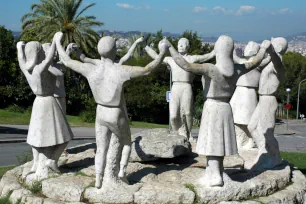
Several thousand years ago, Iberic Celts settled on the Montjuïc, a 213-meter-high hill southeast of Barcelona’s current city center. The hill was later used by the Romans as a ceremonial place.
Today, the Montjuïc is a mostly recreational area with plenty of sights and attractions, most of them originating from two major events that took place here: the 1929 International Exhibition and the 1992 Olympics.
Palau Nacional
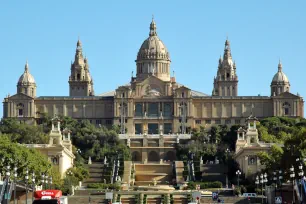
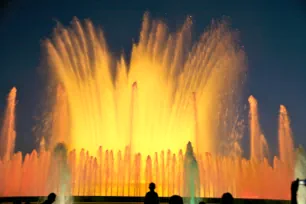
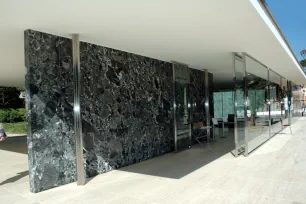
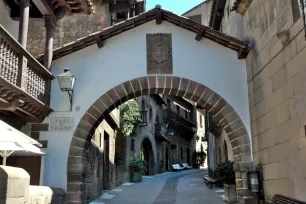
One of these sights is the Palau Nacional (National Palace), originally built as the central pavilion for the International Exhibition. The majestic building in a Neo-Baroque style is home to the Museu Nacional d’Art de Catalunya (MNAC). Its collection includes Roman, Gothic, Renaissance and Baroque art as well as nineteenth- and twentieth-century works of art.
Magic Fountain
At the center of a plaza in front of the Palau Nacional is the Font Màgica or Magic Fountain, an impressive fountain built for the same exhibition that was held here in 1929. From here, you have a great view of the palace, especially at night when both the building and the fountain are illuminated.
Mies van der Rohe Pavilion
Right next to the fountain is the Pavelló Mies van der Rohe, designed by Ludwig Mies van der Rohe as the German pavilion for the 1929 Barcelona International Exhibition. Like all other pavilions, the German pavilion was demolished after the exposition, but since it is considered one of van der Rohe’s most influential works, it was reconstructed in the 1980s. The glass and marble building is typical of Mies van der Rohe’s work, whose maxim was ‘less is more’.
Poble Espanyol
Another remainder of the 1929 Exhibition is the Poble Espanyol (Spanish village), a collection of houses in different Spanish architectural styles. The village was originally slated for demolition after the end of the Exhibition, but due to its popularity, it was kept intact. The Poble Espanyol is still a very popular tourist attraction.
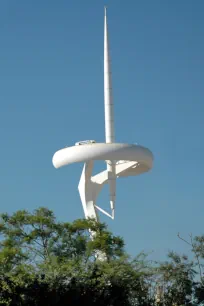
Anella Olímpica
Montjuïc is also home to the Anella Olímpica (Olympic Ring) which consists of a number of sports facilities built for the 1992 Olympics. At the center of the ring is the Olympic Stadium. Its exterior dates from 1929, but the interior of the stadium was completely rebuilt for the Olympics.
Another structure from the 1992 Olympics is the Olympic Tower. Built by renowned Spanish architect Santiago Calatrava in a typical curved white style, the sleek tower was built as the main communications tower for the coverage of the Olympic Games.
Montjuïc Gardens
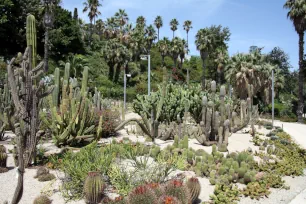
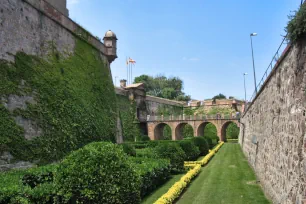
With the arrival of the Olympics in 1992, the many gardens on the Montjuïc were given renewed attention and since several new gardens have been added. Some of the most interesting are the Nou Jardí Botànic, a botanic garden with more than two thousand different plants created in the 1990s and the Jardins de Mossèn Costa i Llobera, with hundreds of different types of cacti.
Castell de Montjuïc
The oldest sight on the Montjuïc is the Castell de Montjuïc, a large eighteenth-century fortress. It was built by the Bourbons on the remains of a fort dating back to 1640. Originally built for the defense of Barcelona but often used against the city at the foot of the hill, the fortress long housed the Museu Militar (military museum). The museum closed in 2009 and the castle is now used for cultural activities. The fortress can be reached by a funicular and cable lift, which starts at the Parallel metro stop.

